As Canada’s smallest province, there is a certain draw to the east coast’s Prince Edward Island. Read on to uncover how to make the most of this surprisingly vast island and cherry pick its best bits.
I’ll be honest up front, after nearly two months touring Nova Scotia and the southern shores of New Brunswick, Prince Edward Island was a disappointment. However, after 10 years full time travel, we have come to learn and appreciate that you can’t love all things. And, in fact I would go as far as to say that places you love the least are actually a positive travel experience as it gives you happier memories a sharper context.
All that said, there are some gems that island has to offer, and so this will be our primary focus in our How to make the most of Canada’s Prince Edward Island blog. We are nothing, if not realistic in our travel commentary and we will say it as we find it without the Social Media gloss you get these days. We will also strive to find the positive in all places as, behind every wall of disappointment are some treasures. The art of a true traveller is to find those treasures and present them for all to see.
Prince Edward Island or PEI as it is better known is a large island off the coast of Nova Scotia and New Brunswick, separated from the ‘main land’ by the Northumberland Straight. One of its best known features is its potato growing, of which PEI contributes 25% of the acreage of Canada’s potato crops and makes up 20% of the national production. When you consider how big Canada is and how, relatively speaking PEI is in comparison, this is massive. So it will come as no surprise that much of PEI’s landscape is agricultural with its archetypal red soil dominating the island. This alone might give you an initial image of the type of topography you will experience across much of the island, especially in the north. And during the autumn months, the potato trucks are a common sight as you drive around exploring.
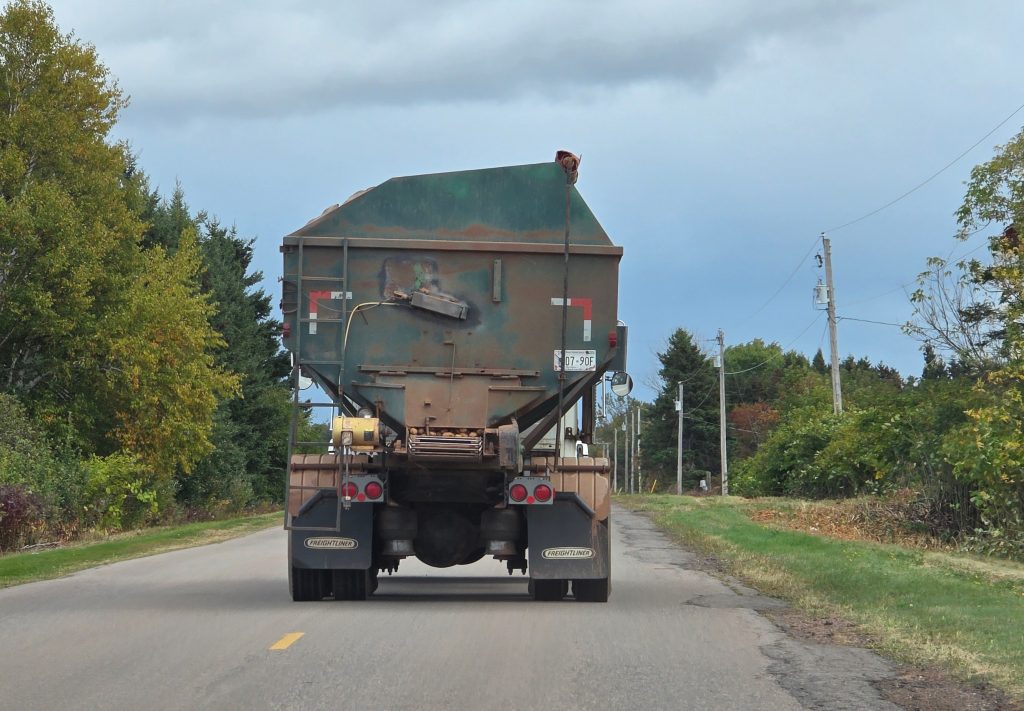
Arriving on the island from either Port Elgin or Pictou, you get an immediate sense of the once remoteness of PEI, especially during Canada’s long, harsh winters. It was only in 1997 that the Confederation Bridge was completed, making access to the island a breeze. That infrastructure brought so much more ease to islanders personally and commercially. And the ferry from Pictou to Caribou only came into operation in 1941 with Northumberland Ferries. Just imagine how life was before the modern introduction of car ferries and bridges, with only small canoes, iceboats and mail carriers making the 6 mile trip.
You could be forgiven for thinking that before these times, there were little noteworthy characteristic to PEI. Yet you would be wrong, Let us share some of the best bits that a visit to PEI will offer you, starting first with its profound history.

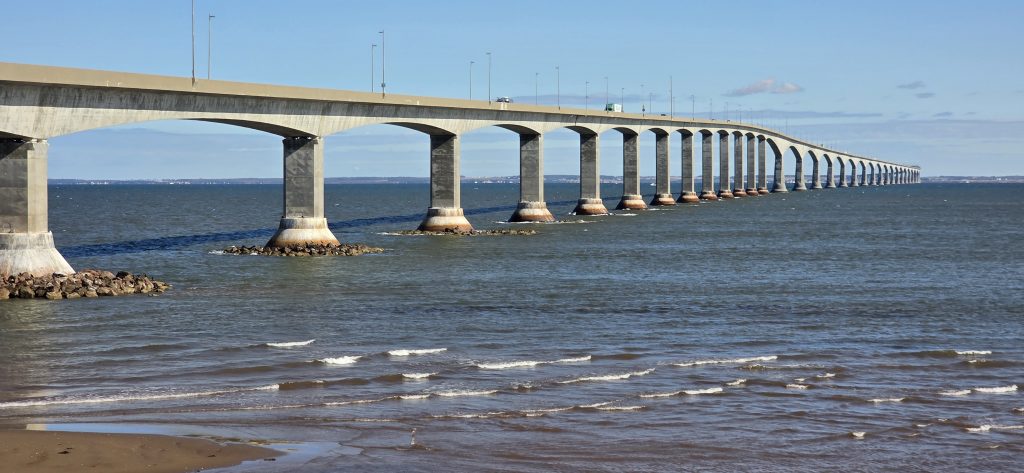
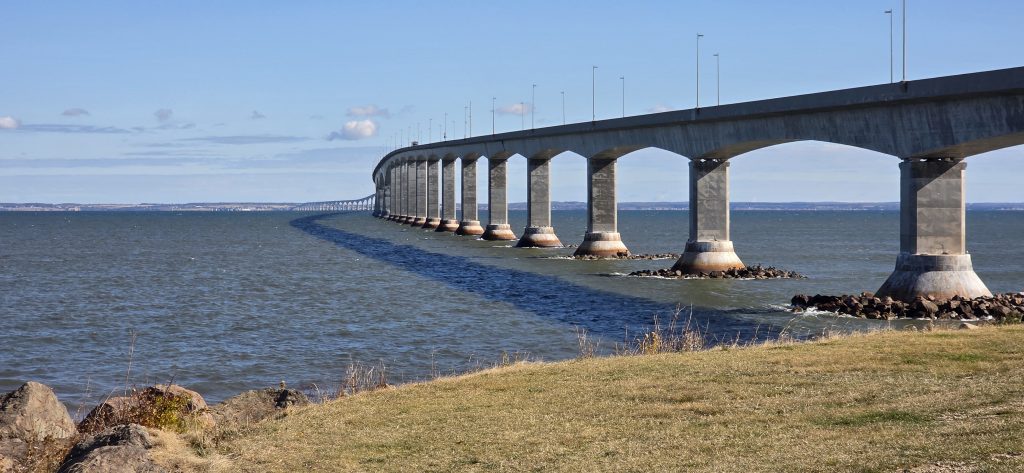
1. PEI’s Profound History
One of the things that for us stood out about Canada’s Prince Edward Island is its ancestry. As with so much of Maritime Canada in particular, the indigenous Mi’kmaq called this place home. For thousands of years they used canoes to travel the treacherous waters, farm the land and survive this remote island. Then in the 16th century, the first Europeans changed the face of PEI and much of this region of Canada. Like all their neighbours, the French laid claim to these lands and Îsle Saint-Jean as it was formerly known. In fierce battles between the French and British, the Crown then took control of the island in 1758. In 1798 the island was renamed Prince Edward Island in honour of future father of Queen Victoria – Prince Edward, the Duke of Kent. After what is described as determined lobbying by the locals, PEI was classed as a separate colony, which would later become an important feature of the island’s cultural and fiscal landscape.
It was in September 1864 that a landmark conference held in the island’s capital, Charlottestown, raised the profile of this island, placing it on the national stage. It was here that the first meeting of minds brought about the Confederation and the creation of Canada, uniting New Brunswick, Nova Scotia and the Province of Canada. Interestingly it wasn’t until July 1873 that, driven by financial ruin, that the colony joined the Confederation. At that point, Prince Edward Island became the seventh and the smallest Canadian province.
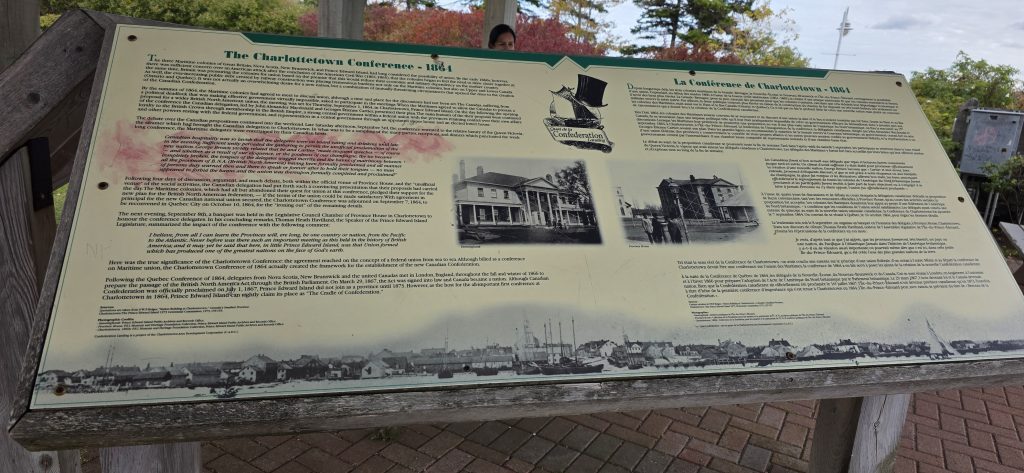
2. Charlottestown
Sticking with the colony’s capital, Charlottestown, it seems fitting that this is our next cherry picking destination. Much like any large town or small city, the outskirts leaves a little to be desired. However, once in the centre of Charlottestown there is a distinct flavour of colonial style about the place. With colourful wooden houses lining the long streets leading to the waterfront, the two spire cathedral and the characterful downtown area, Charlottestown is definitely worthy of a stop. Interesting it is one of the cruiseliners’ ports of call with the draw being the landmark history that gave birth to Canada as we know it today.
There is a strong musical vibe here as well as the unsurprising historical roots and there is a definitely a a good half day’s visit to be enjoyed here.

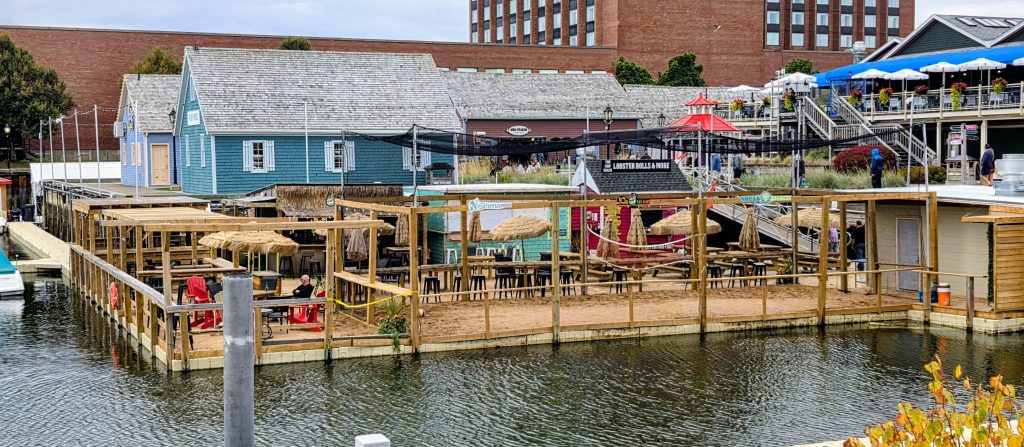


3. All things Anne
One of the biggest draws for a visit to Canada’s PEI, is to walk through the pages of one of the most classic novels of the last century. Anne of Green Gables was written in 1908 by Canadian Lucy Maud Montgomery. Little orphan Anne Shirley was an instant and international hit that catapulted Montgomery onto the world stage. Set on the rolling hills of north PEI, the novel embodies the importance of friendship, both the book and Anne are a massive draw to Cavendish. With two museums dedicated to Montgomery and the very house on which the Green Gables is based, Anne lovers will be sucked into the very heart of each page of the novel.
“Kindred spirits are not so scarce as I used to think. It’s splendid to find out there are so many of them in the world.”
L.M. Montgomery, Anne of Green Gables
There are a number of ways in which you can enjoy the memorial to Anne of Green Gables and a whole itinerary that can take you through Avonlea, treading in Anne’s footsteps. If you, just like me, want to visit the iconic Green Gables house, on which the novel is based, then you can head to Cavendish in the PEI National Park to the north of the island and transport yourself into Anne’s beloved world. For adults it costs just $9 and the museum and house are open from 1st May to 31 October. And from here it is a short walk or drive along the main road to the cemetery where you can find Lucy Maud’s final resting place.

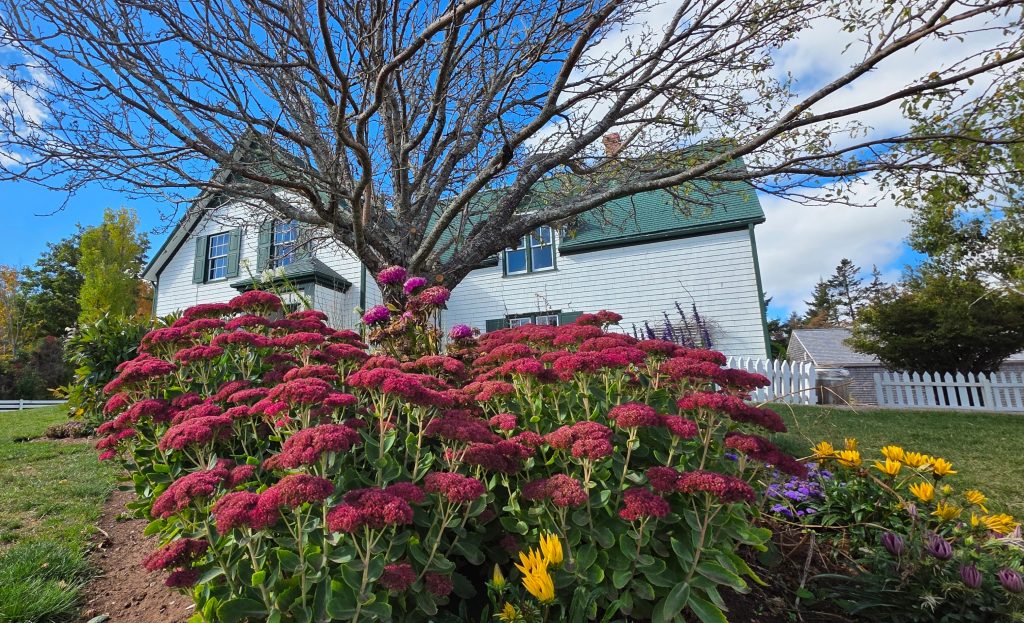
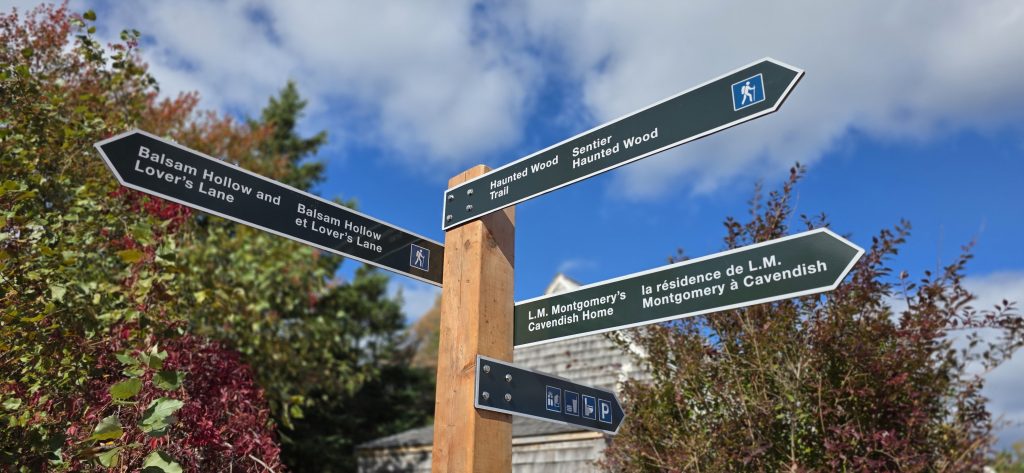
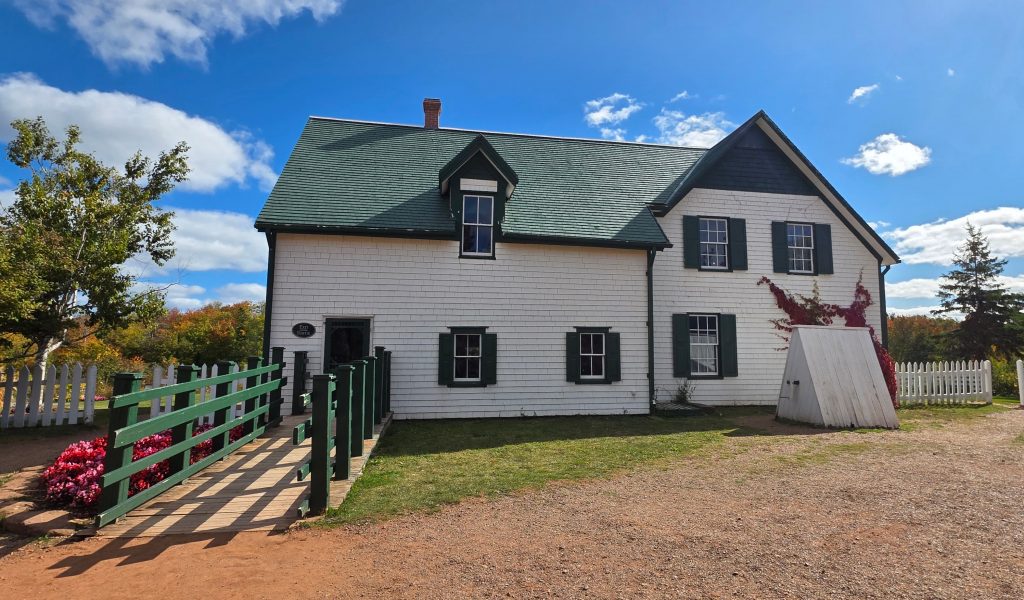
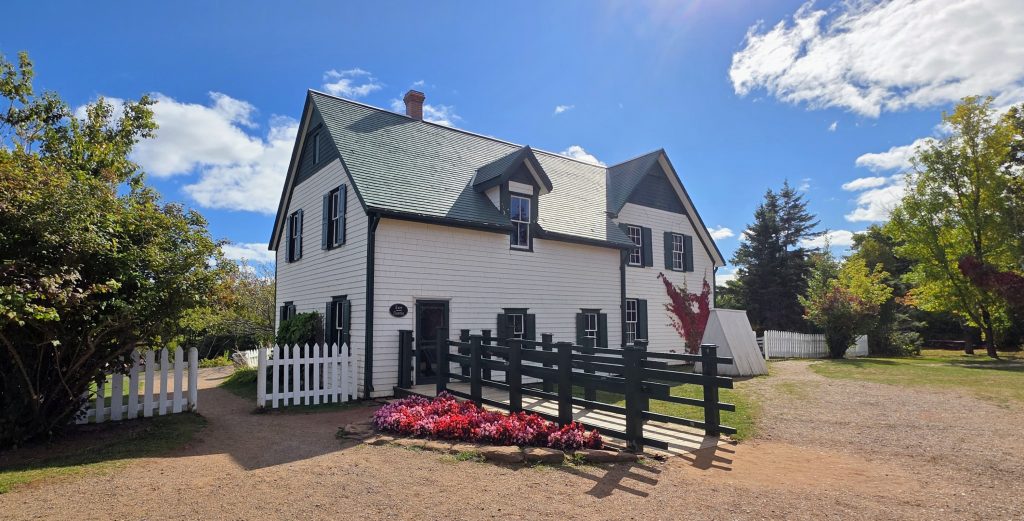
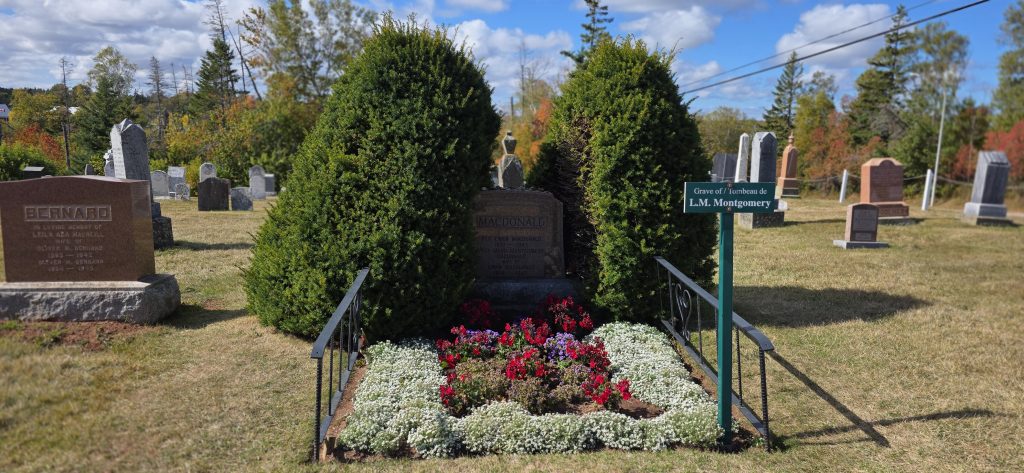
4. Prince Edward National Park
Not too far a drive from Anne’s place you land into the heart of the PEI National Park. Found on the northern shores, you can feel the sand between your toes, the salt on your face and the wind in your hair as PEI’s coastal wilderness is at its best. Miles and miles of golden sandy beaches and lighthouses will grace your windscreen as you either take the Scenic Drive or hike through this very pleasant area. Entry fees to the park do apply, which can be found here. At the beginning of October the booths were not manned and so we had no fees to pay.
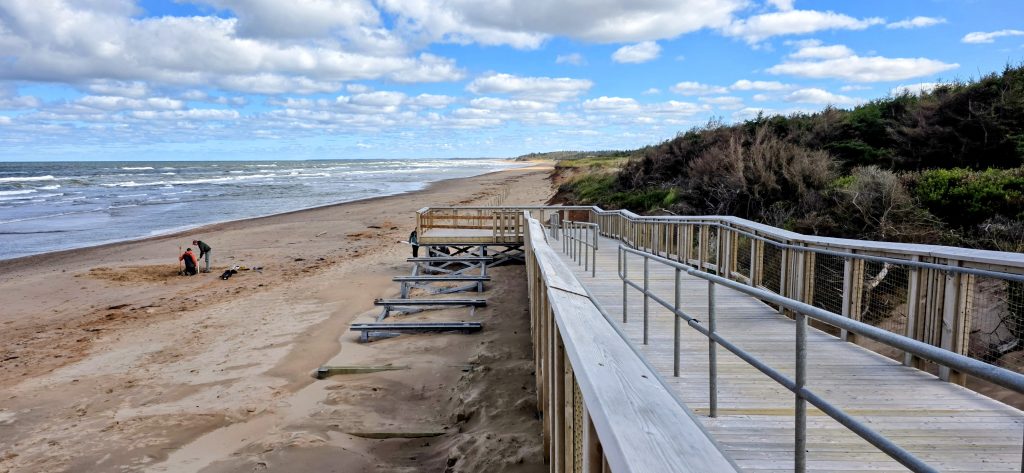
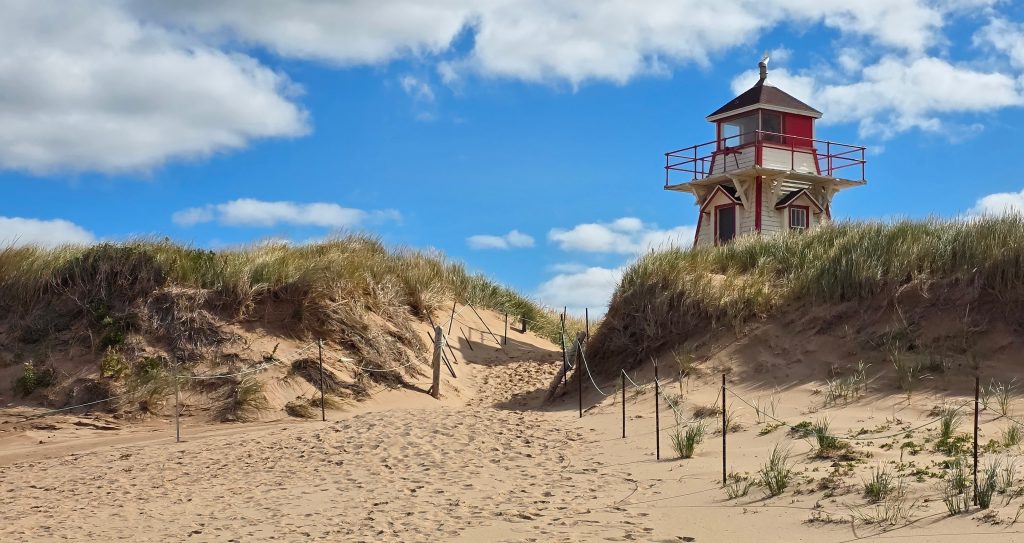
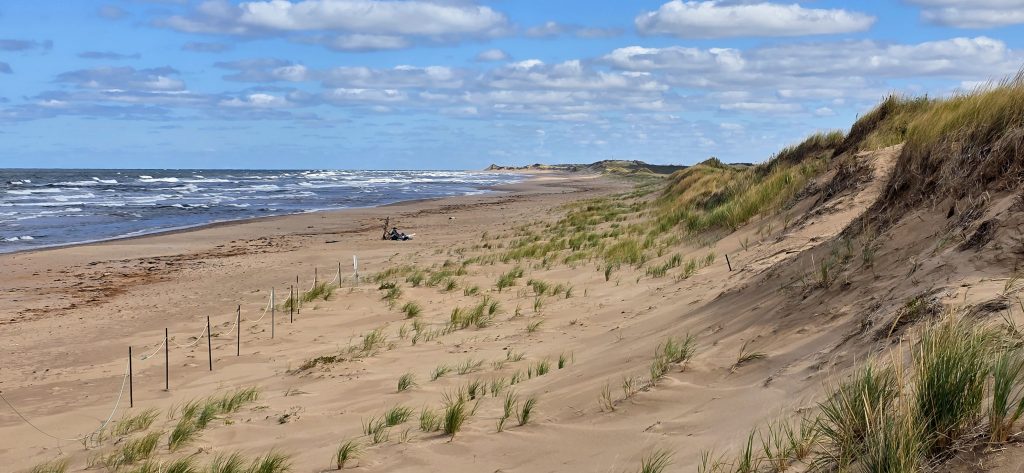
5. PEI Lighthouses
Aside of potato farms that are a constant feature to PEI’s landscape, the other, perhaps not surprisingly given its geography, are the classic lighthouses. There are 63 to choose from and some with lovely walks to reach them, if not the greatest quality of roads, it makes lighthouse hunting an adventure all of its own. A bit like in Iceland you will get saturated by waterfalls, on PEI it is lighthouses.
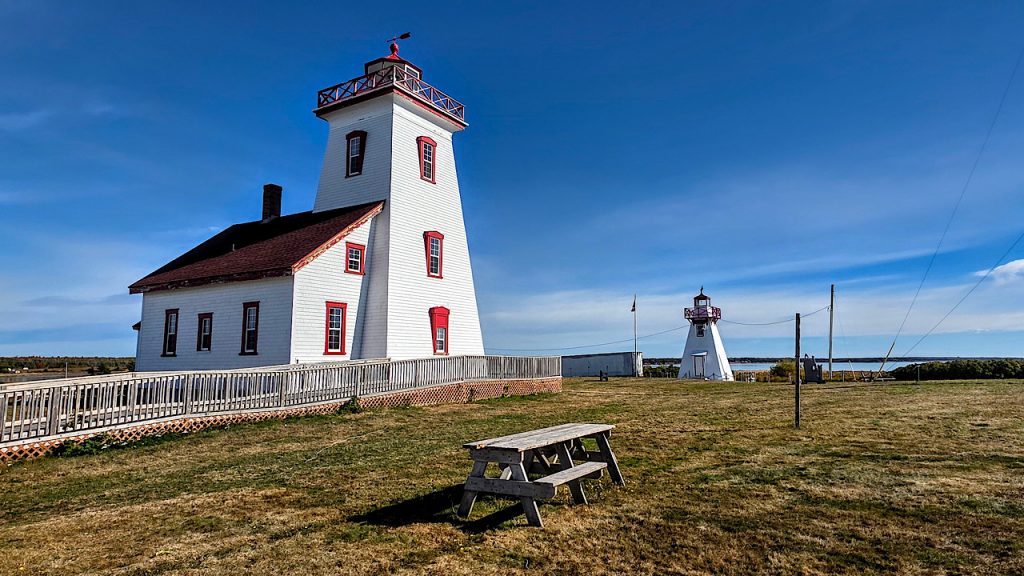
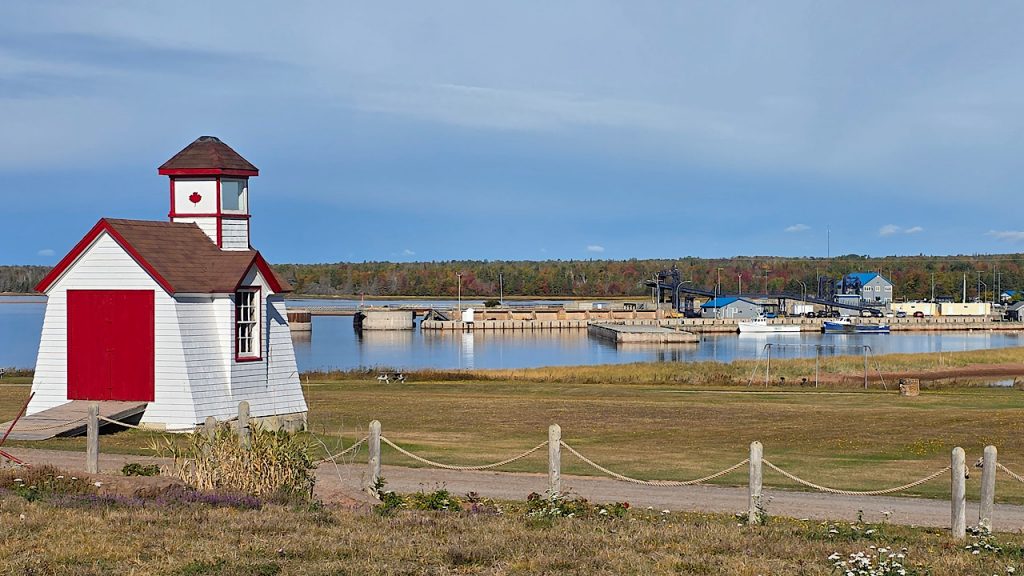

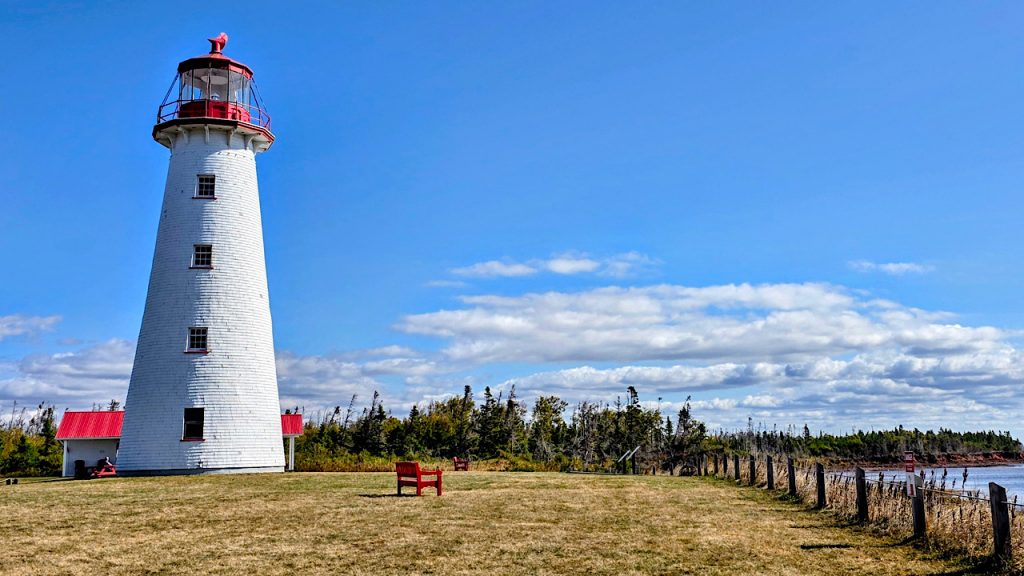
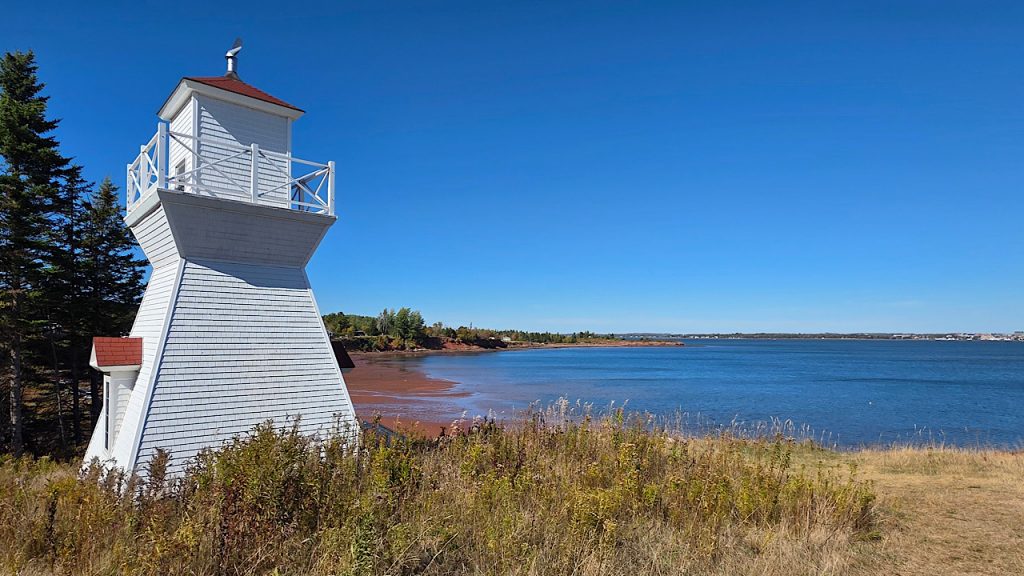
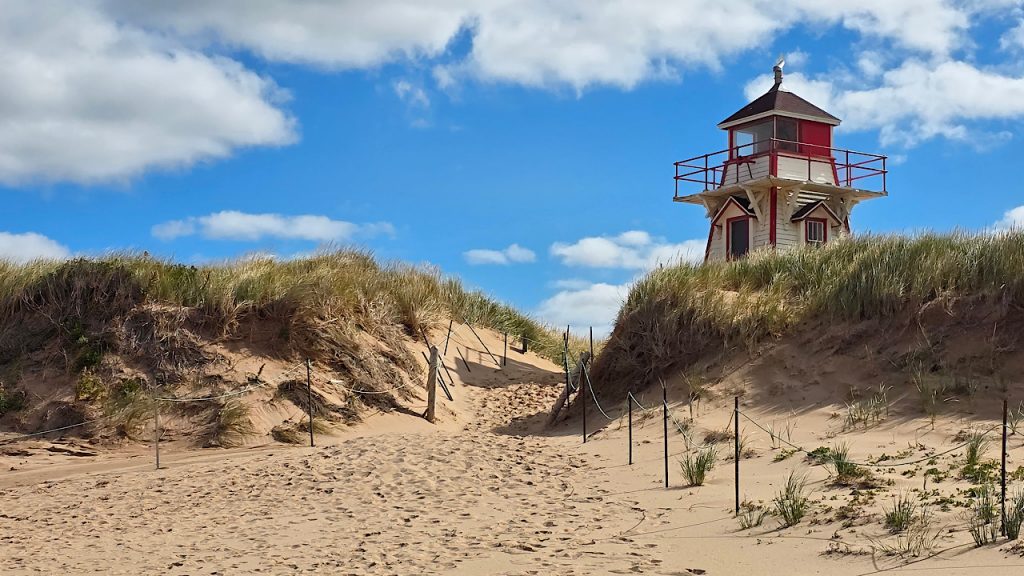
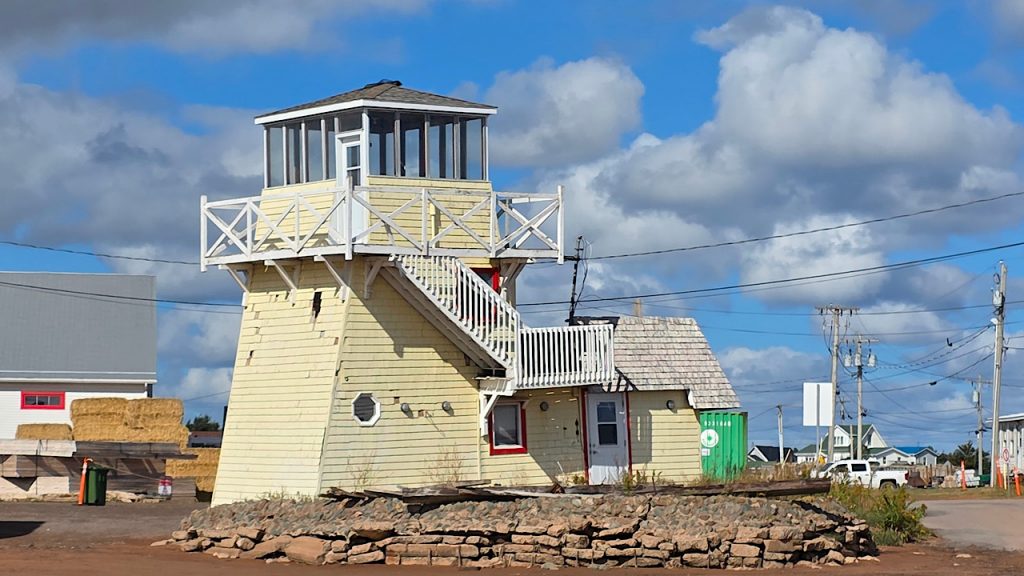
6. Summerside Downtown
Aside of the capital Charlottestown, we found very few quaint towns or villages to speak of. We stayed for two nights in the southern town of Summerside, which when you strip away the commercial outskirts, the old Downtown area on the waterfront was very pleasant. Whilst today’s personality has an air of capitalist tourism about it, you can only admire its sweet renovation from its 1877 roots. With artisan shops and places to eat and rest a while, it is a really nice place hang out for an hour, especially if like us, you happened to be staying in the town.
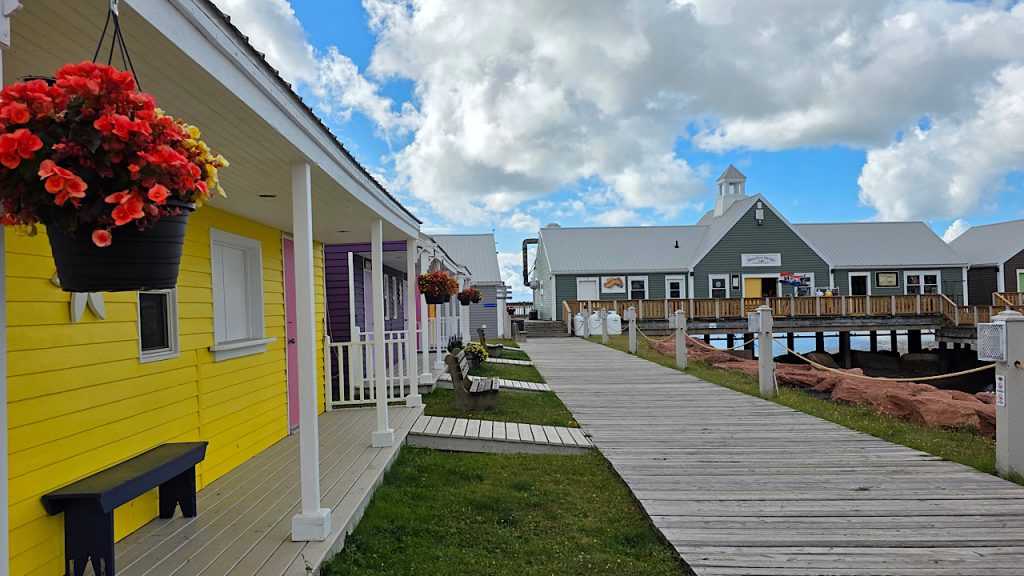
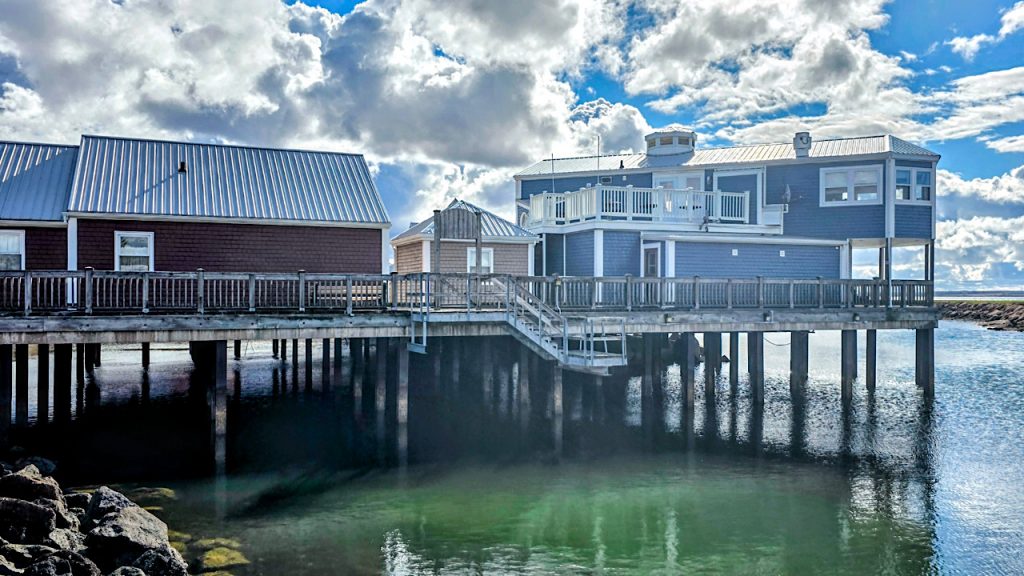
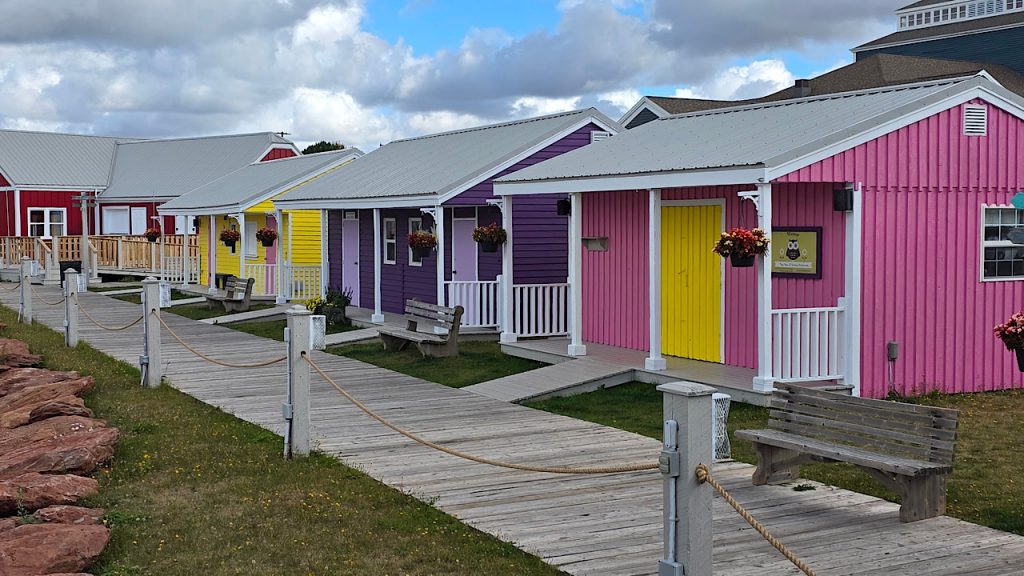
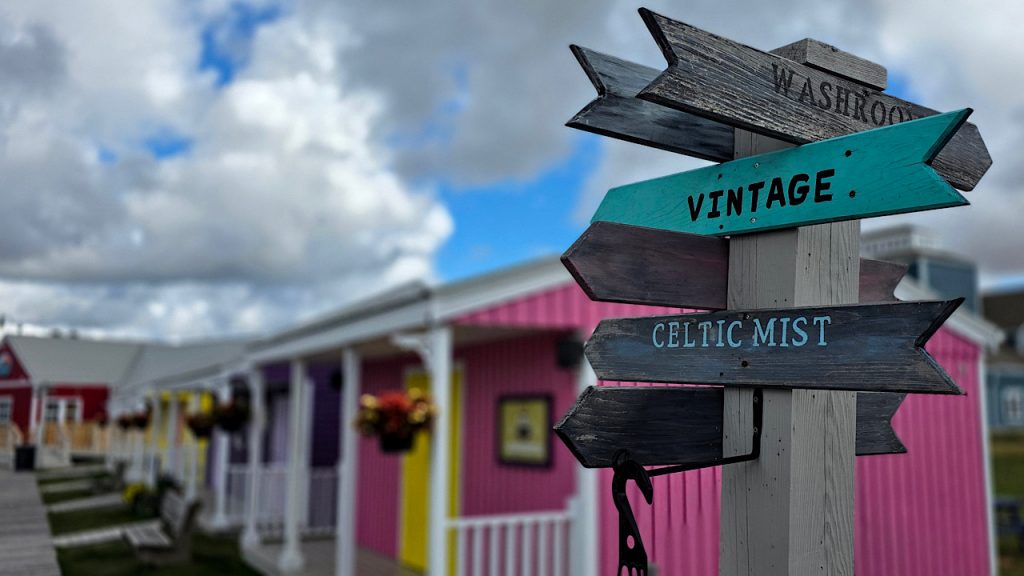
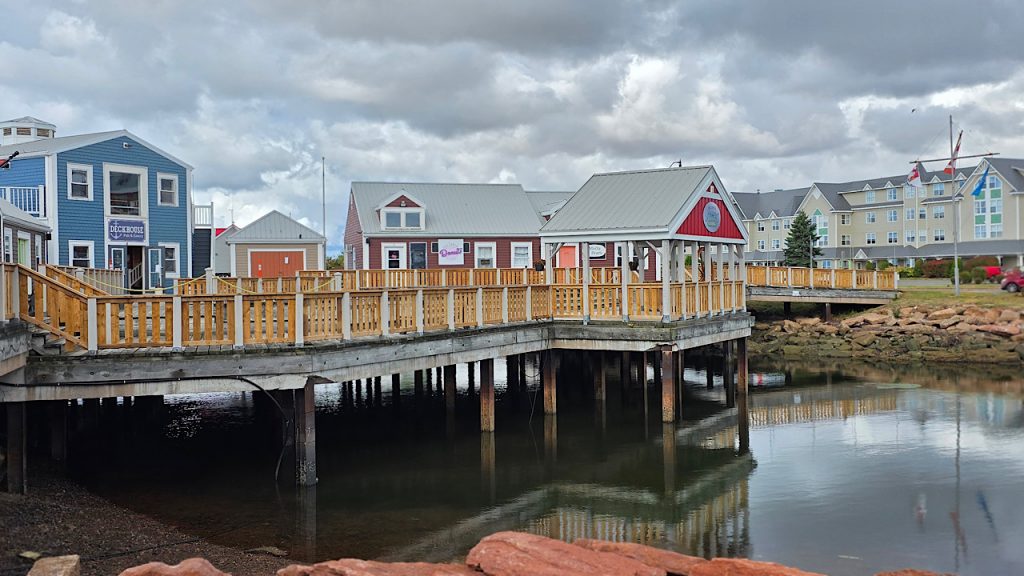
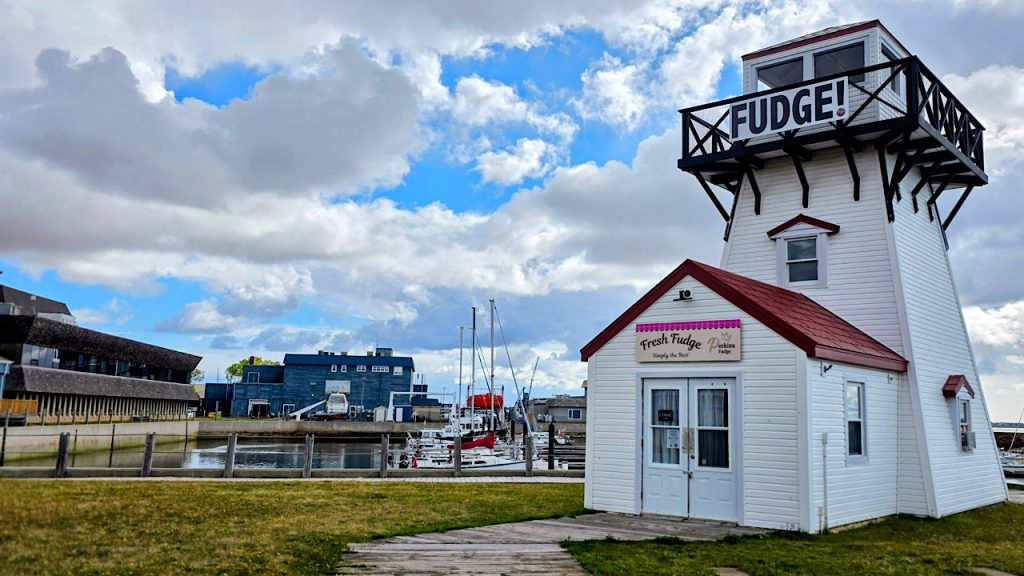

7. Three little hidden gems that you can’t miss
As is our wont we scrutinise the tourist information available and Google Maps. In our endeavours to find unique places, we often come up trumps, profiling some quaint and off the beaten track spots that most tourists miss. So for PEI there were three little gems. The first was North Rustico, not surprisingly on the north coast of the island. This was the only real pretty village we found in our five days. With umpteen fish restaurants thanks to it predominant fishing industry, this was a smashing spot, with a really nice boardwalk along the river.
The second little gem was on the south side of the island. Just 30 minutes across the water from Charlottestown is Port Prim with PEI’s oldest and first lighthouse. On the same road is the strangest yet most endearing spot. Hannah’s Bottle Village. The bottle creations sit in the back garden of a residential house and there are a number of exhibits that have all been built with multicoloured bottles. The initiative has been created to raise funds for a Children’s ward in Halifax Hospital via donations from us visitors. It’s a smashing little diversion.
The final little gem is about 20 minutes drive from Charlottestown. Skmaqn – Port La Joye is a Memorial Park and ancient fortress grounds that honour the relationship of the Mi’kmaq and the French at the time of their arrival to the Canadian Maritimes. The walk is not long, although it does give you some insight to the cultural history of PEI and the people who called it home.

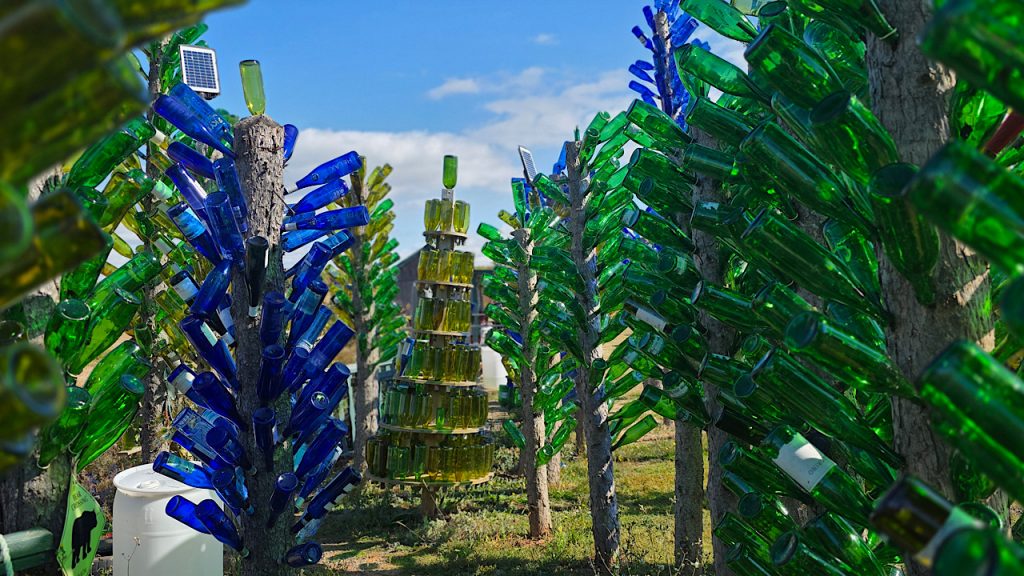
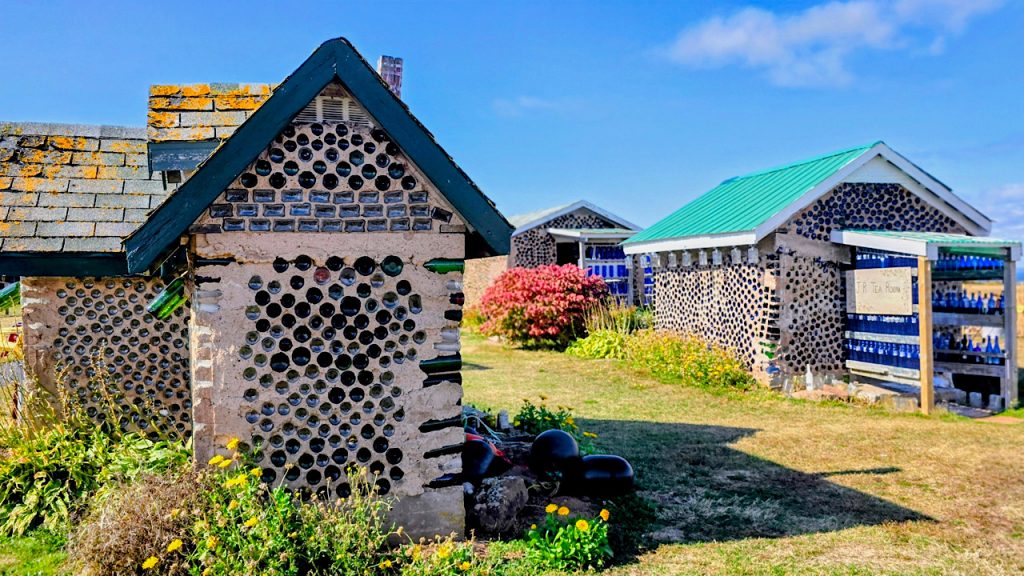
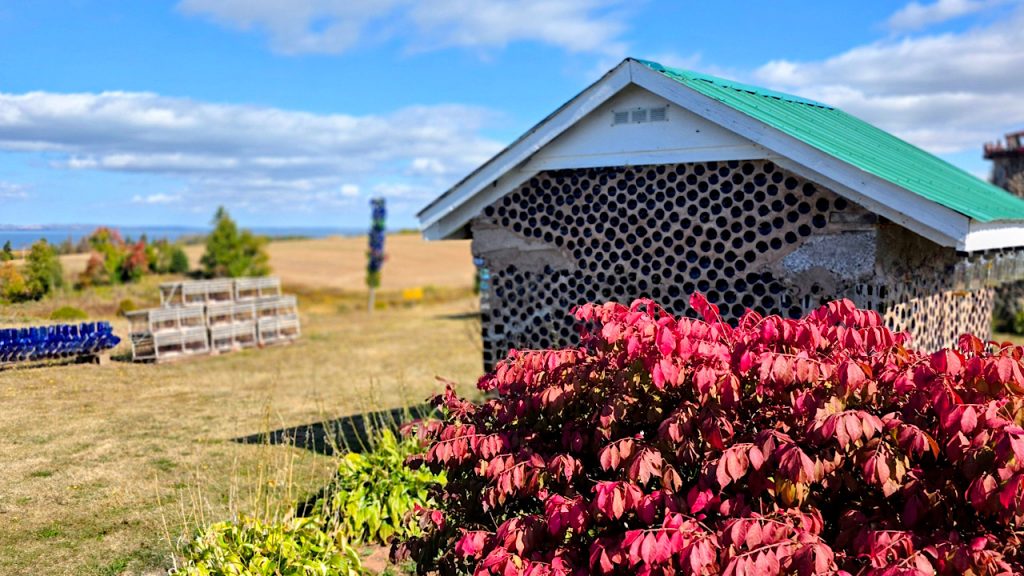
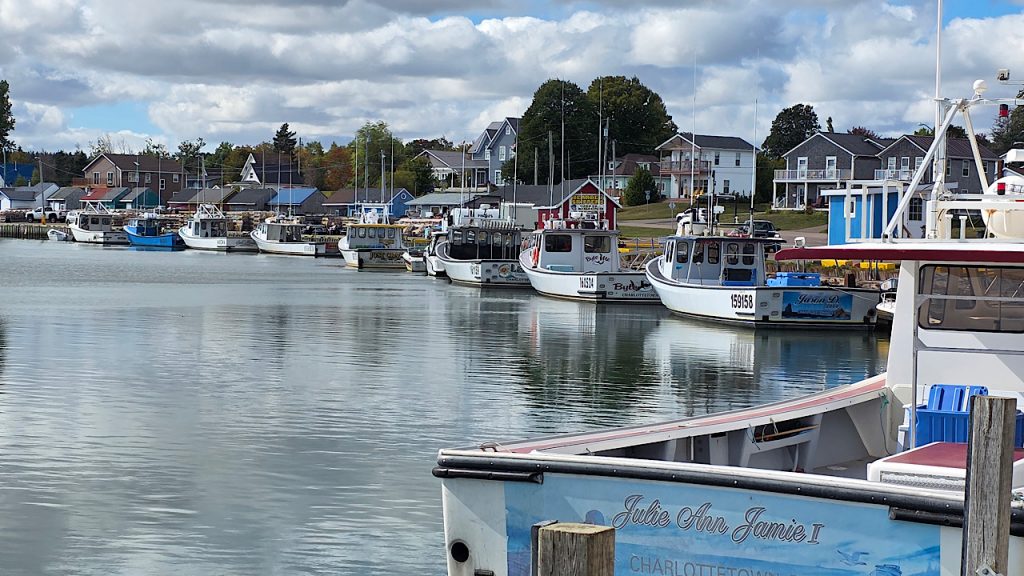
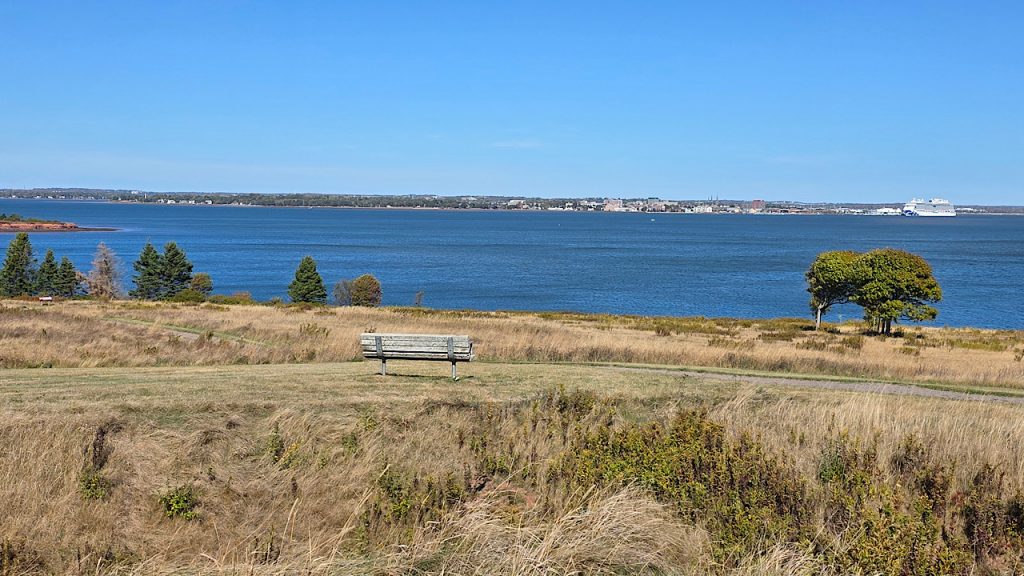
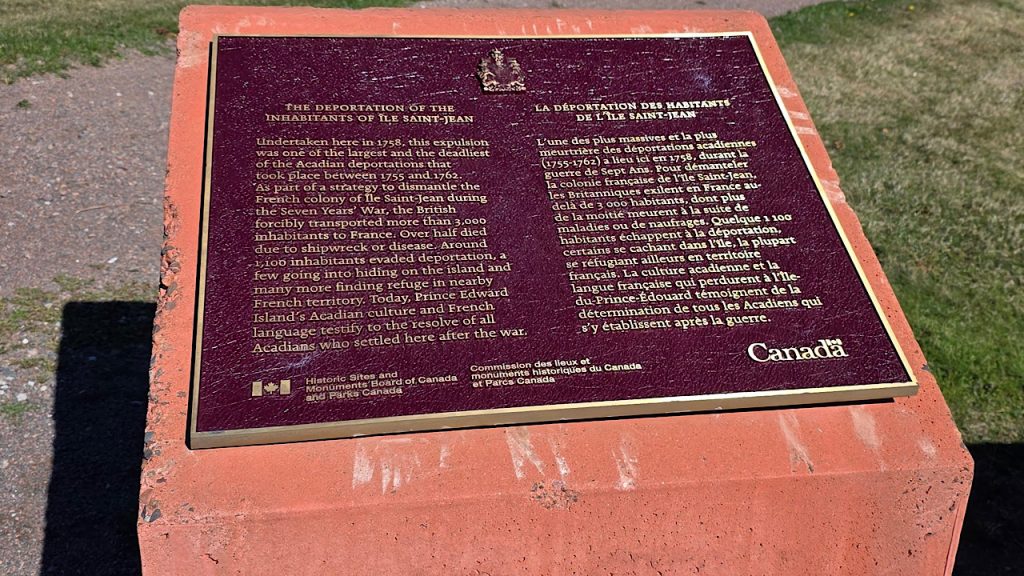
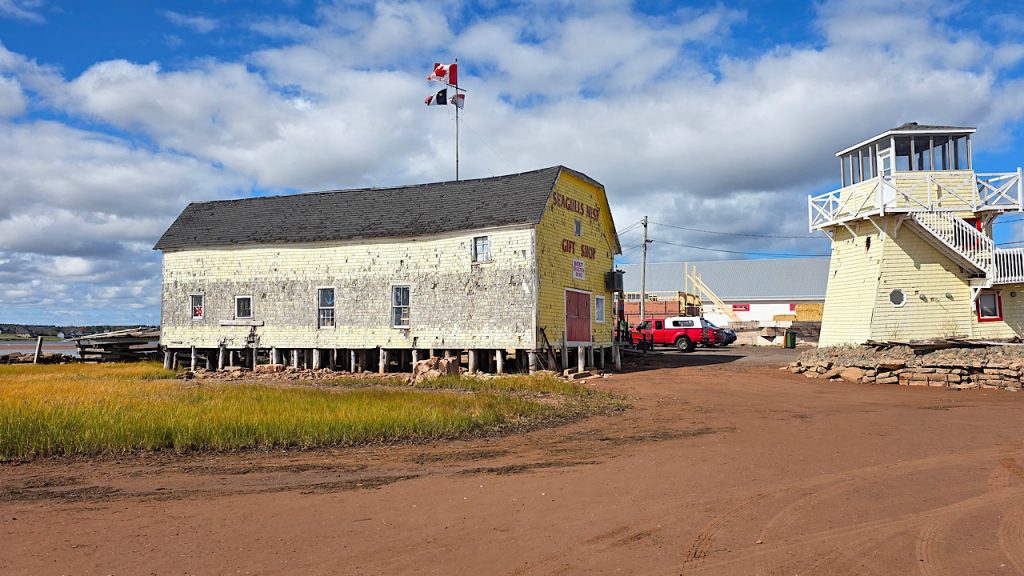
And finally, you cannot miss the chance to capture one of the Island’s iconic Coos, a mark of their Scottish heritage from the 18th and 19th century.

Summing up our experiences in PEI, I can honestly say that it was not a highlight of our two month road trip to the Maritimes. The journeys around the island were long, straight and underwhelming, with little reward generally speaking. This is especially true of the north west side of the island. And this is, in part is why I felt driven to write this blog. An opportunity for us to put our experiences down on paper and share the highlights that put PEI on the map. We stayed there for five days and we both feel that three or four would have been ample. I’m really glad we didn’t miss the island, because, everywhere in the world, I believe, has its merits, when you look hard enough. It just didn’t speak to us in the same way as our Nova Scotian experiences, Cape Breton in particular.
We arrived over the Confederation Bridge, which is fee paying on your departure from the Island. At the time of writing, in the Fall this is just $20. However we left via the ferry at Caribou where we paid $45 for a car and two passengers for the 75 minute sailing across the Strait of Northumberland.
We stayed at the Loyalist Country Inn in Summertown and Lee’s Ocean Peek in Stratford.
We genuinely hope that our honest yet factual post gives you something to think about and of course, we would love to hear from you about your experiences of PEI. Our perspectives are just that, ours and we embrace other people’s thoughts and impressions as this is what makes the world go around.

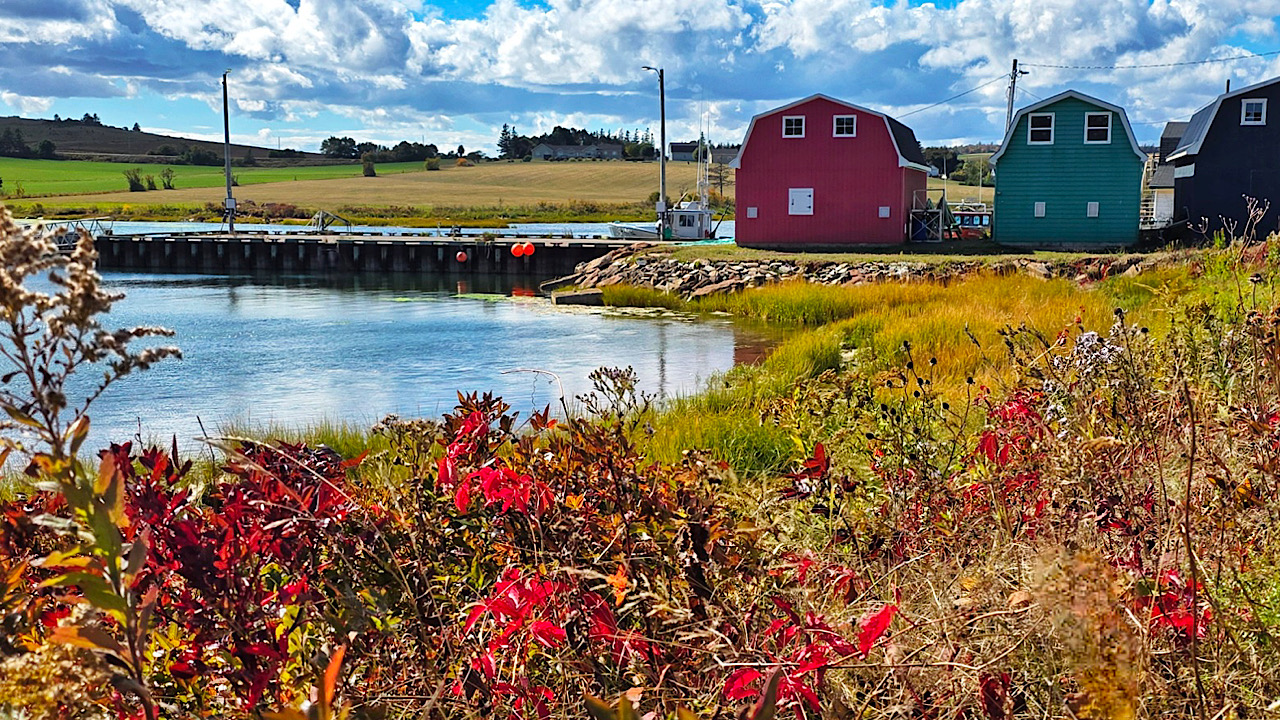
0 Comments